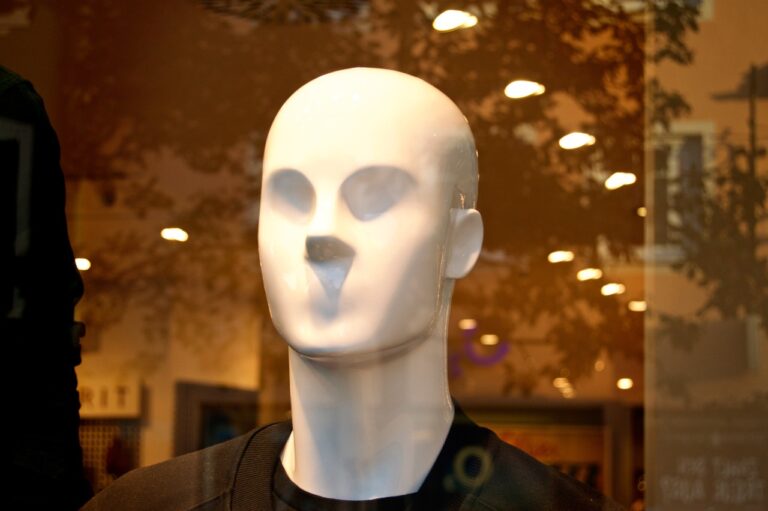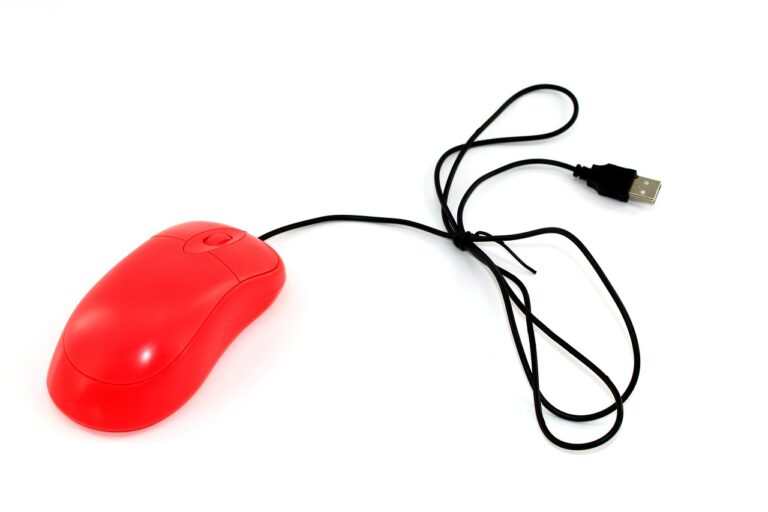Hospitality Uniforms: Elevating Service with Style and Professionalism
In the hospitality industry, uniforms serve a critical role that goes beyond mere aesthetics. They embody the brand identity, enhance the guest experience, and promote a sense of professionalism among staff. This article explores the importance of hospitality uniforms, their various types, and the significant impact they have on both employees and guests.
The Significance of Hospitality Uniforms
Uniforms in the hospitality sector are essential for several reasons. They foster a sense of belonging among staff and signify a team-oriented environment. Furthermore, uniforms enhance the overall guest experience by providing visual cues of professionalism and trustworthiness. When guests see well-dressed employees, they are more likely to perceive the establishment as high-quality and reliable.
Building Brand Identity
The right uniform can be a powerful tool in building a strong brand identity. Colors, styles, and fabrics can communicate the essence of a brand. For instance, a luxury hotel may opt for tailored suits in rich fabrics to convey sophistication, while a casual café might choose bright colors and playful designs to reflect a fun, relaxed atmosphere. This visual representation creates an immediate connection with guests and helps them remember their experience.
Types of Hospitality Uniforms
Front-of-House Uniforms
Front-of-house uniforms are designed for employees who interact directly with guests, such as receptionists, servers, and bartenders. These uniforms must be stylish, functional, and comfortable to ensure staff can perform their duties efficiently while looking their best.
- Receptionists often wear tailored suits or dresses that reflect the hotel’s branding. This professional attire instills confidence in guests as they check in or seek assistance.
- Servers may wear coordinated shirts and pants, often paired with aprons that allow for easy movement while also showcasing the restaurant’s logo or colors.
Back-of-House Uniforms
Uniforms for back-of-house staff, such as chefs and kitchen staff, prioritize functionality and safety. These uniforms are typically designed with durable, breathable fabrics that can withstand the demands of a busy kitchen.
- Chef jackets are often made from materials that resist heat and stains, ensuring that kitchen staff remain safe and presentable during service.
- Non-slip shoes are essential for kitchen staff to prevent accidents in often slick environments, contributing to both safety and comfort.
Event Staff Uniforms
For events, such as weddings or corporate gatherings, the uniform must reflect the occasion’s tone. Event staff uniforms can range from formal attire to themed costumes, depending on the event’s nature.
- Formal events may require tuxedos or elegant dresses, while casual events could allow for more relaxed outfits, such as branded polo shirts or khakis.
- The choice of uniform should align with the event’s theme, contributing to a cohesive and memorable experience for guests.
Choosing the Right Fabrics and Styles
Selecting the appropriate fabrics and styles for hospitality uniforms is crucial. The materials used should offer durability, breathability, and ease of maintenance, allowing uniforms to withstand frequent laundering while maintaining a polished appearance.
Durability and Comfort
Durability is key in hospitality uniforms, as staff must navigate various environments, often involving food and drink spills. Fabrics like polyester blends or canvas are not only resilient but also easy to clean.
- Comfort is equally important; employees who feel comfortable in their uniforms are more likely to deliver better service. Options like moisture-wicking fabrics can help regulate body temperature, especially in high-energy environments.
Custom Design Options
Many establishments choose to invest in custom-designed uniforms that reflect their brand’s unique identity. Customization can include embroidery, unique color palettes, and distinctive cuts that align with the brand image.
- Custom uniforms can also promote teamwork and unity among staff, creating a more cohesive work environment that enhances overall service quality.
The Role of Accessories in Hospitality Uniforms
Accessories play a vital role in completing the look of hospitality uniforms. They can add a touch of style, promote branding, and enhance functionality.
Functional Accessories
- Name tags not only help guests identify staff but also foster a personal connection, enhancing the guest experience.
- Aprons for servers and kitchen staff provide practical utility, allowing them to carry necessary tools while maintaining a professional appearance.
Stylish Touches
- Ties, scarves, or hats can add a stylish element to uniforms, allowing for individual expression while still adhering to the overall brand image.
- Seasonal accessories, such as vests or blazers, can be introduced to keep uniforms fresh and relevant throughout the year.
Impact of Hospitality Uniforms on Employee Morale
The impact of uniforms on employee morale should not be underestimated. A well-designed uniform can make staff feel valued and proud of their workplace, leading to higher levels of job satisfaction.
Promoting Team Spirit
When all employees wear matching uniforms, it promotes a sense of teamwork and unity. Staff members are more likely to feel like they are part of a cohesive unit, contributing to a positive work environment.
Enhancing Professionalism
Uniforms also foster a sense of professionalism among employees. When staff members look professional, they are more likely to act accordingly, providing better service and creating a positive impression on guests.
Trends in Hospitality Uniforms
The hospitality industry is continually evolving, and so are the trends in uniforms. Staying up-to-date with these trends can enhance an establishment’s brand and appeal.
Sustainability in Uniform Choices
With growing awareness of environmental issues, many hospitality businesses are opting for sustainable fabrics and practices in their uniform choices. This not only appeals to eco-conscious guests but also reflects a commitment to sustainability.
Technology Integration
Some modern uniforms are incorporating technology, such as fabric that monitors temperature or smart textiles that adapt to the wearer’s needs. These innovations can significantly enhance comfort and functionality in high-pressure environments.
Conclusion: Investing in Quality Hospitality Uniforms
In conclusion, hospitality uniforms are a vital component of any establishment’s branding and operational success. By carefully selecting designs, fabrics, and accessories, businesses can create a powerful visual identity that enhances both employee morale and guest satisfaction. Investing in high-quality uniforms is not merely a cost; it is a strategic decision that can elevate the entire hospitality experience.
When properly executed, hospitality uniforms serve as a symbol of professionalism, brand identity, and commitment to service excellence. As the industry continues to evolve, staying abreast of trends and innovations will ensure that your establishment remains competitive and appealing in the eyes of guests and staff alike.






